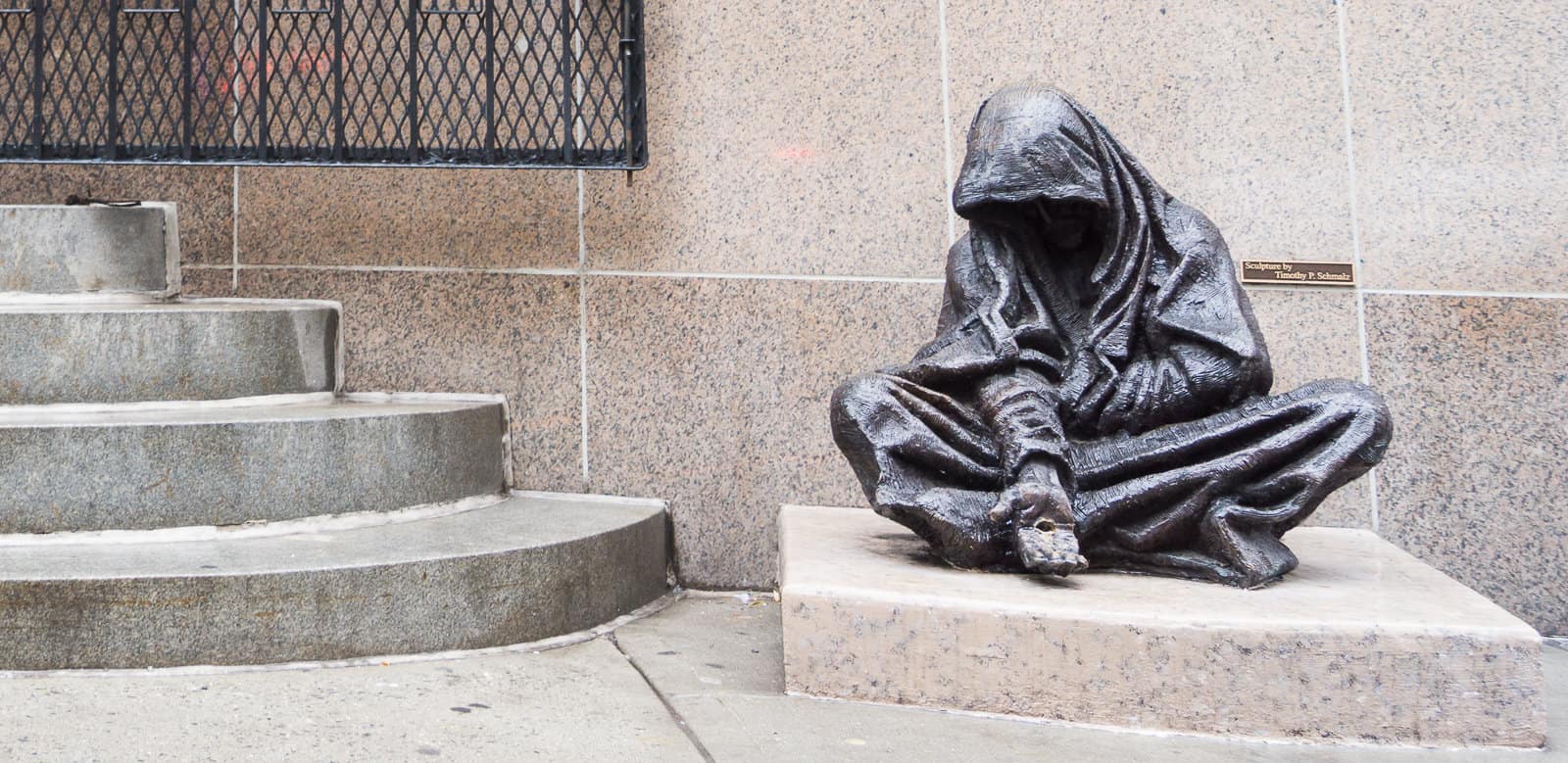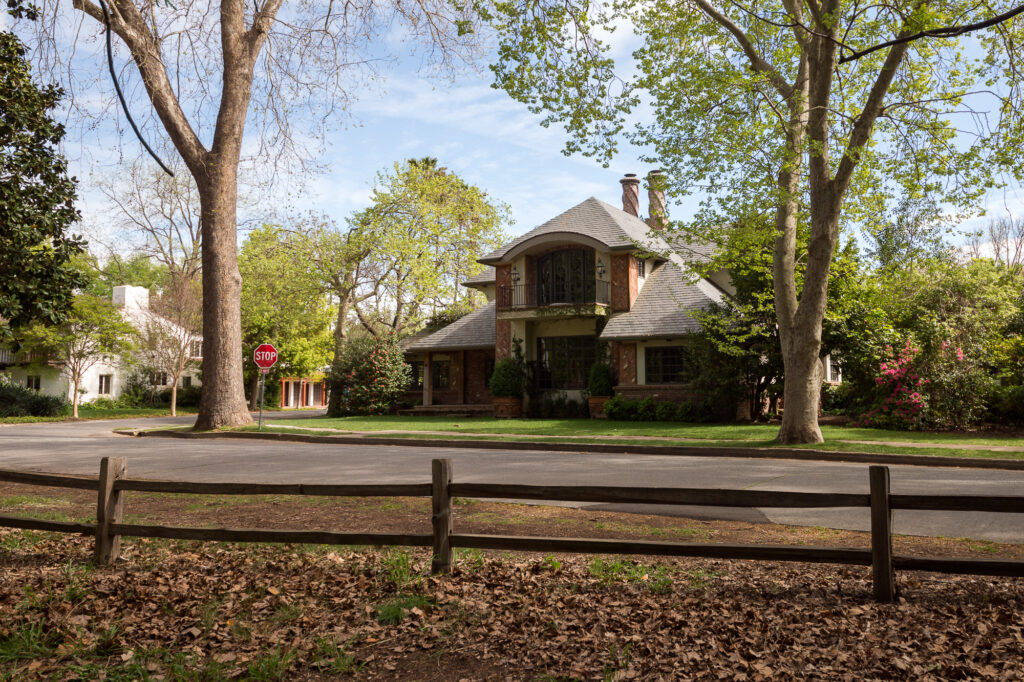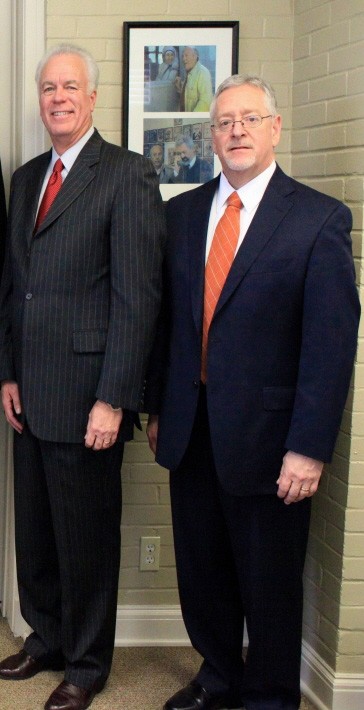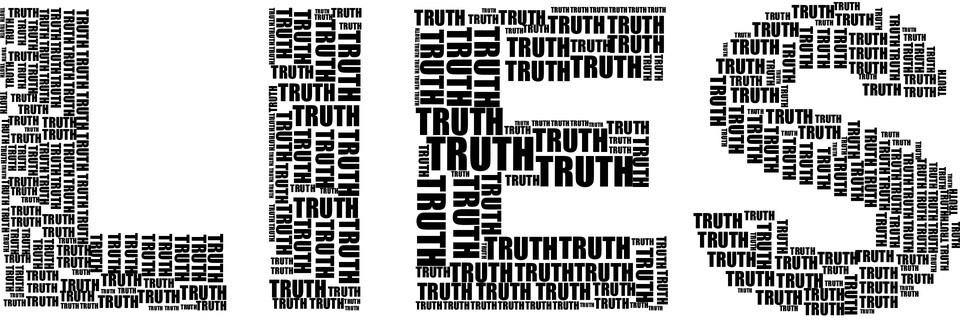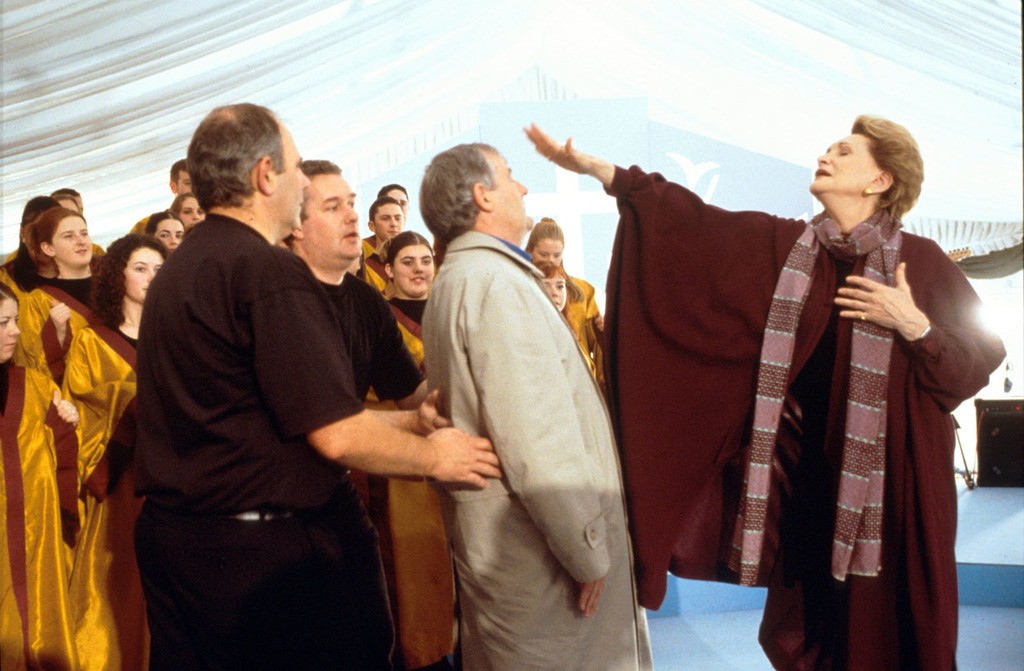Back in the 1990s, the federal government realized that there were dorms and beds for a minimum security prison in one of the most curious of places: the country’s last hospital for persons who had been diagnosed with Hansen’s Disease – better known to us as leprosy. With only 130 patients remaining at the Carville, Louisiana hospital site, officials realized that probably an additional 400 persons who would serve sentences in a low-security facility could occupy the site, as well.
When the persons who were to serve their sentences arrived at the site and saw the patients for the first time, many, no doubt, were startled, disappointed and frightened: Patients who lived there might be missing fingers and hands, or legs and feet, while others might have suffered facial disfigurement. If the sentenced persons knew little else from scripture, they’d probably heard some story about lepers and how contagious the disease had been considered in ancient times.
Patients who lived at the Carville hospital – and who previously enjoyed what they perceived to be safety, seclusion and privacy – were likely startled, as well, and perhaps wondering about their safety among persons who had been convicted of crimes (even white-collar crimes).
Yet these persons whose paths might otherwise never have crossed – and who were apparently not encouraged to interact – shared the campus. All of them shared something else: the stigma, the label of being societal outcasts.
But for one man – Neil White – who found himself at the Carville site serving an 18-month sentence for check-kiting, the shared time and space were transformative. He shared his insights from those 18 months in his memoir, In the Sanctuary of the Outcasts. White became friends with some of the patients. He learned that he had a lot to learn about neighbors who lived with differing abilities when he inhabited a healthy body.
He learned humility. He learned gratitude and contentment.
He learned that he could live as an honest man with far less than he imagined.
And those lessons went with him, back into the world – lessons and insights that he began to share.
One of the Bible stories with which many may be familiar is the account in Luke’s Gospel of Jesus meeting ten lepers as he passes through the area between Samaria and Galilee on his way to Jerusalem (Luke 17:11-19).
Leprosy was indeed an isolating illness in the ancient world: Lepers were forced away from their families and communities so that their sickness could not be spread among others. These ten lepers who might otherwise never have encountered each other had found community with one another, even though they were not all Jews, even though one of them was a foreigner from Samaria who likely would never have been welcome among Jewish men under any other circumstances.
What brought them all together was adversity – their sickness. But for their disease, they would have been among their own families and communities, going about their daily life and work. But for their disease, they might not have crossed paths.
But they were united in their suffering, in their shared adversity. They were united in their need for Jesus: When they realize that it is Jesus who was passing by, they begged him to have mercy. They were united in their need for healing so that they could be restored to the lives they had once known.
Jesus tells them to go show themselves to their priests. In the ancient Jewish world, the priests were the only persons who could declare them clean and able to return to their communities. Nine of the men who obediently hurried off to show themselves to their priests clearly had priests; perhaps they hurried off to Jerusalem, to the Temple. They may have arrived there ahead of Jesus.
But the Samaritan, we’re told, turned back. While the ten men were sick, they shared an identity; in healing, not so much. The Temple at Jerusalem probably wasn’t a place where the Samaritan was welcome to present himself to the priests. So before he returns to his community, he goes to the one priest – Jesus – who can pronounce him clean. Whatever he did or did not previously understand or believe about the one true God before he found Jesus, he would leave with the understanding of a man who knew God’s healing.
Christian scholars and writers make much of the departure of the nine men, presumably to find their priests. My own curiosity is focused on how these men will share the story of Jesus’ healing as they return to the people who once surrounded them before they were outcasts. Will they remember the days that they spent in the company of persons not like themselves? Will they remember that they all suffered in the same way, had the same needs, cried out to the same Jesus for mercy?
Will they remember that Jesus did indeed heal them all – that the foreigner among them was not cast aside, that no one asked about his status, or his insurance coverage? Will they remember, for a moment, that God acted and even the foreigner was not excluded?
Indeed, the lesson which seems to be the most important from this account is that God’s healing was spared from no one – not even the hated foreigner, who, at least for a time, was no different than his neighbors.
It seems that we are more likely to see our shared humanity in moments of shared adversity rather than when we are “healed.” When all is seeming “well,” we are once again apart. We come together after the tragedy of 9/11, after mass shootings, after hurricanes, floods and fires. Our shared adversity and pain are apparent.
But will we remember, when the crisis has ended, how we suffered the same way, regardless of our income, regardless of our race or ethnicity, regardless of our education, regardless of our trappings, or lack thereof? Will we remember that we were – at least, for a moment – one humanity?
We share adversity today that isn’t as apparent as lepers’ sores. We’ve been thrown together into a storm – sickness, underemployment, fear, violence, financial need, and hunger all around us. Yet we share a need for God’s healing. We share a need for healing in our own bodies, in our spirits, in our homes, in our communities, in our world. We share a need to see one another as beloved children of our God – and to learn from one another.
We share a need for our world to be restored to God’s vision of Kingdom, to God’s vision of love.
Image Credit: Pamela Reynoso
Sculpture by Timothy P. Schmalz

